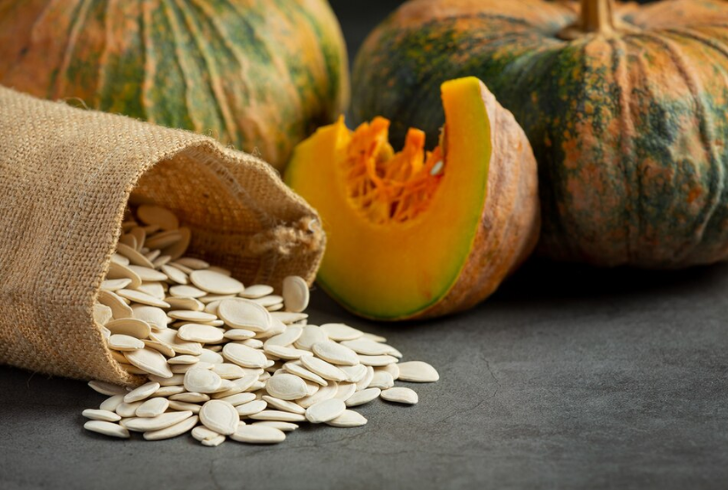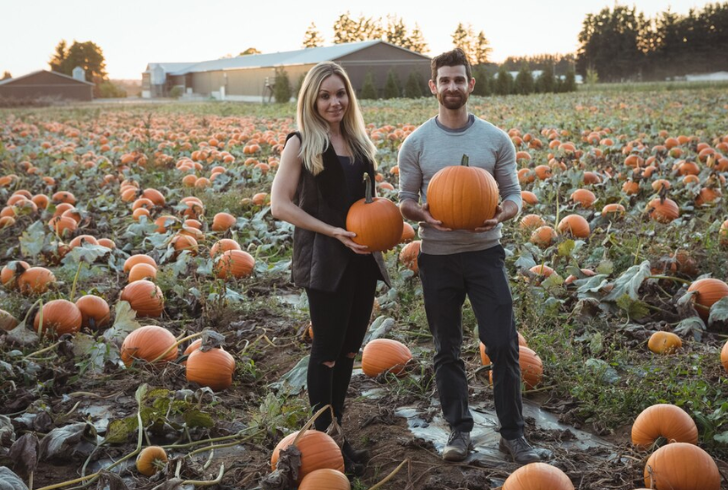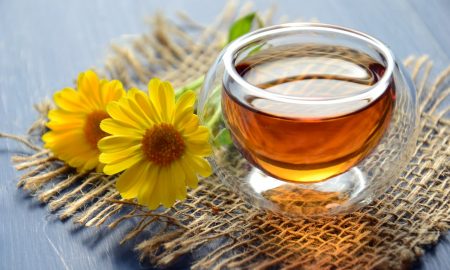
Celebrate Pumpkin Season – Your Guide to Fall’s Favorite Fruit

As the vibrant colors of fall begin to appear, there’s one thing that truly signifies the start of the autumn season— pumpkin season. Pumpkins aren’t just a popular symbol of Halloween, but they also play a key role in both culinary traditions and festive decorations. Whether you’re carving a spooky jack-o-lantern or baking a delicious pumpkin pie, there’s no denying the versatility and appeal of pumpkins during this time of year.
Pumpkin season typically kicks off in September when these vibrant fruits are ready to harvest after being planted in early summer. From large, classic orange pumpkins to smaller varieties meant for cooking, there are many kinds of pumpkins, each with its own special use. Whether you’re visiting a pumpkin patch or picking up some pre-harvested ones from a local market, autumn is the perfect time to embrace everything pumpkins have to offer.
The Nutritional Benefits of Pumpkins

Freepik | Pumpkin seeds are especially nutrient-dense, containing fiber, carbohydrates, protein, magnesium, and zinc.
Pumpkins aren’t just a festive decoration—they’re also packed with nutritional benefits. Pumpkin seeds, in particular, are a powerhouse of nutrients. These small but mighty seeds contain:
- Fiber
- Carbohydrates
- Protein
- Healthy fats
- Vitamin K
- Magnesium
- Zinc
These nutrients make pumpkin seeds an excellent snack for anyone looking to incorporate healthy elements into their diet. Including pumpkins in your fall meals can offer a natural source of vitamins and minerals essential for maintaining overall health.
How to Know When a Pumpkin is Ready to Pick
Pumpkin season starts as the fruit reaches its full maturity, which typically occurs around 90 days after planting. But how can you tell when a pumpkin is ripe and ready for harvesting? The answer is simple: check its color and texture.
A fully mature pumpkin will have reached its full, vibrant color—whether it’s orange, white, or even green. It should also have a firm rind that’s resistant to light pressure. Once these signs appear, the pumpkin is ready for picking.
The Different Varieties of Pumpkins
When it comes to pumpkins, there’s no shortage of variety. Pumpkins come in all shapes, sizes, and even colors. Some of the most common types include:
1. Carving pumpkins – Perfect for creating Halloween decorations with their thick skin and hollow interior.
2. Pie pumpkins – These are smaller, with a softer flesh, ideal for baking.
3. Decorative pumpkins – Ranging from vibrant hues of orange to soft greens and whites, these pumpkins are great for adding an autumn touch to your home.
4. Gourds and squash – While not technically pumpkins, gourds and squash belong to the same family and are often used for decorative purposes.
Each variety serves a unique purpose, making pumpkin season a time of endless creativity in both the kitchen and around the house.
Carving vs. Cooking Pumpkins
For those looking to carve out spooky or creative designs for Halloween, carving pumpkins are the go-to choice. These pumpkins have a thick outer skin, making them ideal for crafting detailed designs.
However, if your focus is on baking delicious fall treats, opt for pie pumpkins. They have thinner skin and more flesh, making them perfect for soups, pies, and other autumn-inspired dishes.
Local Pumpkin Harvesting and Supply

Freepik | wavebreakmedia_micro | Local farms cultivate pumpkins to provide fresh, high-quality produce to the community.
One of the best ways to fully enjoy pumpkin season is by visiting a local pumpkin patch, where you can hand-pick the perfect pumpkins for your needs. Many farms grow pumpkins for the local community, ensuring fresh, high-quality produce. However, if local demand exceeds supply, many farms collaborate with nearby growers to ensure that everyone has access to the pumpkins they need for the season.
Pumpkin, Squash, and Gourds – What’s the Difference?
Although they might look similar, pumpkins, squash, and gourds all serve different purposes. Technically, pumpkins are a type of winter squash, and gourds are a close relative of both. Here’s a simple way to differentiate between them:
1. Pumpkins – A type of squash, usually orange, and used for both decorative and culinary purposes.
2. Squash – Generally eaten, as it’s softer and more edible than pumpkins.
3. Gourds – Typically not eaten but used for decoration due to their hard outer skin and unique shapes.
This distinction ensures that you’re using the right type for cooking or decorating during pumpkin season.
Celebrating Pumpkin Season
Pumpkin season is a time of celebration, creativity, and family fun. Whether you’re wandering through a pumpkin patch looking for the perfect carving pumpkin or selecting a small pie pumpkin for a seasonal recipe, it’s an experience that brings people together. It’s more than just a crop; it’s a tradition that signals the arrival of fall.
Incorporate pumpkins into your seasonal festivities this year—whether through cooking, decorating, or simply enjoying their natural beauty. With such a variety of uses and benefits, it’s easy to see why pumpkin season is one of the highlights of autumn.
More in Leisure
-
`
What Is Mindfulness Meditation? Benefits and Techniques Explained
Mindfulness meditation is a powerful practice that can help bring balance and clarity to your life. It’s about cultivating awareness in...
November 14, 2024 -
`
Can Relationship Political Outlooks Make or Break a Relationship?
Political beliefs are more than just opinions—they shape perspectives, influence daily choices, and, as new studies show, can even affect romantic...
November 8, 2024 -
`
The 8 Best Places to Retire in Illinois for Comfort and Charm
Retirees across the United States often look for welcoming communities that balance affordability with amenities, making the decision easier. If you...
November 2, 2024 -
`
Essential Love Advice for New Couples to Build Strong Foundations
Starting a new relationship can be one of the most exciting yet nerve-wracking experiences in life. It’s a time filled with...
October 24, 2024 -
`
How to Find Your True Comfort Zone? 5 Practical Tips
Finding your comfort zone is actually harder than you think. However, it is not just about being cozy. It is about...
October 17, 2024 -
`
Mental Health Awareness Festival: A Celebration of Well-being Through Physical Activity
The Mental Health Awareness Festival is just around the corner. It is set to take place this Sunday, October 6, 2024,...
October 11, 2024 -
`
4 Timeless Greek and Roman Views on Mental Health in Ancient Rome
In the bustling streets of ancient Rome and the philosophical circles of Greece, mental health was a topic of great interest...
September 27, 2024 -
`
Why Deleting Social Media Forever CAN Be a Sign of Depression!
Today, social media has become a huge part of our lives. We scroll through endless feeds, share moments, and stay connected...
September 19, 2024 -
`
Some First Date Night Ideas That Are Surprisingly Cheap
Looking for cheap date night ideas that won’t break the bank but still impress your date? Whether it is your first...
September 14, 2024















You must be logged in to post a comment Login